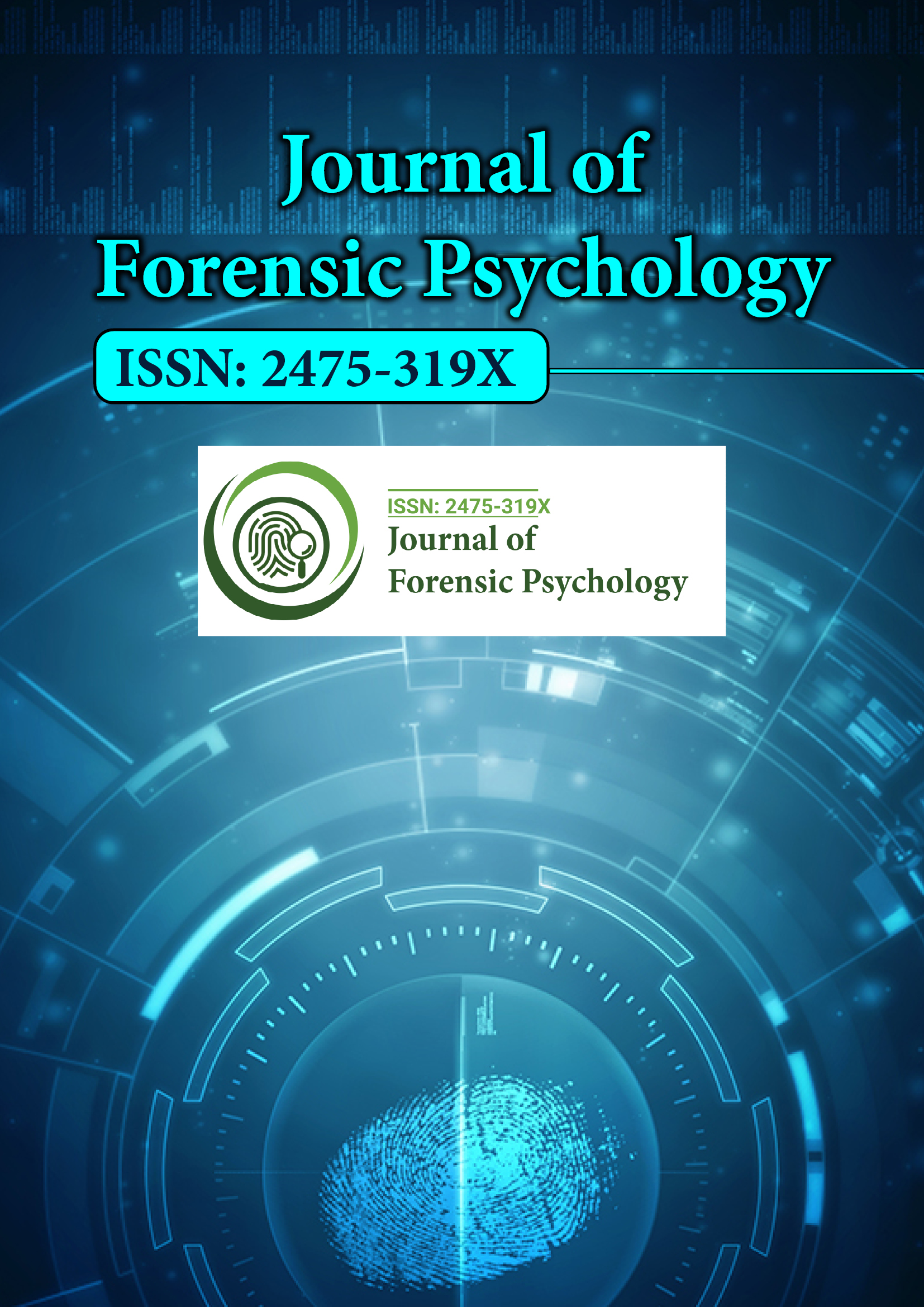Indexed In
- RefSeek
- Hamdard University
- EBSCO A-Z
- Publons
- Geneva Foundation for Medical Education and Research
- Euro Pub
- Google Scholar
Useful Links
Share This Page
Journal Flyer

Open Access Journals
- Agri and Aquaculture
- Biochemistry
- Bioinformatics & Systems Biology
- Business & Management
- Chemistry
- Clinical Sciences
- Engineering
- Food & Nutrition
- General Science
- Genetics & Molecular Biology
- Immunology & Microbiology
- Medical Sciences
- Neuroscience & Psychology
- Nursing & Health Care
- Pharmaceutical Sciences
Abstract
The Prevalence of False Allegations of Rape in the United States from 2006-2010
Andre W. E. A. De Zutter, Robert Horselenberg and Peter J van Koppen
False allegations constitute a public problem since they result in a waste of time spent by the police and justice departments, and may cause public and individual harm. A prevalence study was conducted to obtain recent and valid figures of the prevalence of unfounded allegations of rape and unfounded allegations of other crimes. The most recent published prevalence figures on false allegations in the U. S. are from 1992. At the time cases were cleared by labeling cases as unfounded crimes. Since then guidelines to label a case as unfounded have become more strict. To test whether the new guidelines issued by the Uniform Crime Reporting (UCR) Program of the Federal Bureau of Investigations (FBI) were followed we compared the current results with the prevalence rate of false and baseless allegations of rape before the guidelines were issued. Over a five-year period, from 2006 until 2010, the prevalence of false and baseless allegations of offences in the U. S. was studied. We found that the new guidelines were followed by law enforcement agencies. We performed a Kruskal Wallis Non Parametric Chi Square test of Goodness-of-fit on the proportions of false and baseless allegations to test whether the proportions were equal for all offence types. False and baseless allegations were not equally distributed across offence types X2 (7, N=8000)=120.19, p<0.0001. The post hoc test revealed significant differences with the group average of 1.16% for false and baseless allegations of murder X2 (1, N=1000)=39.94, p<0.0001, false and baseless allegations of rape X2 (1, N=1000)=171.94, p<0.0001, and false and baseless allegations of robbery X2 (1, N=1000)=187.78, p<0.0001. Approximately 5% of the allegations of rape were deemed false or baseless. That was at least five times higher than for most other offence types.

